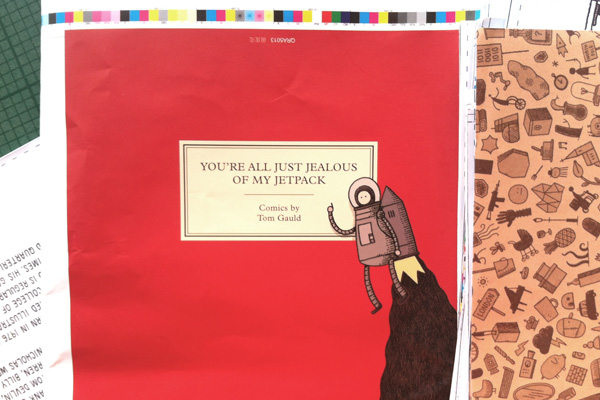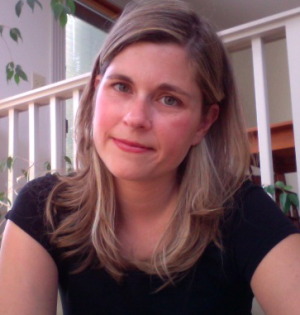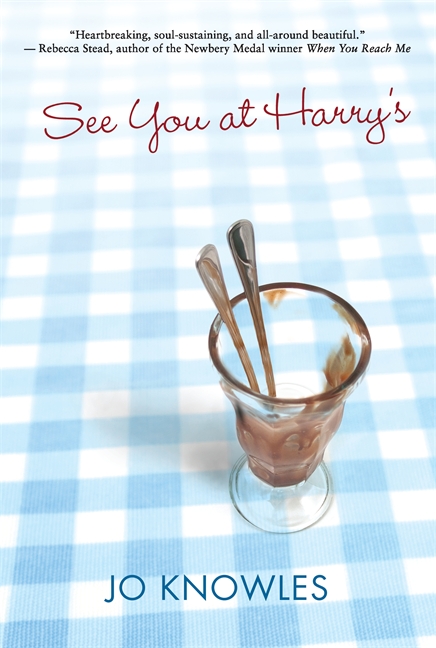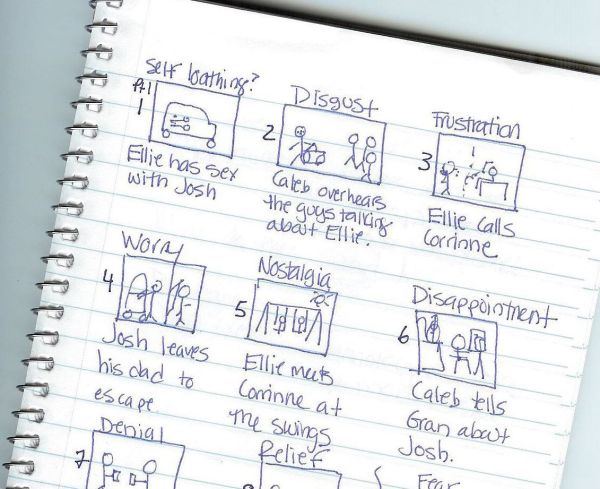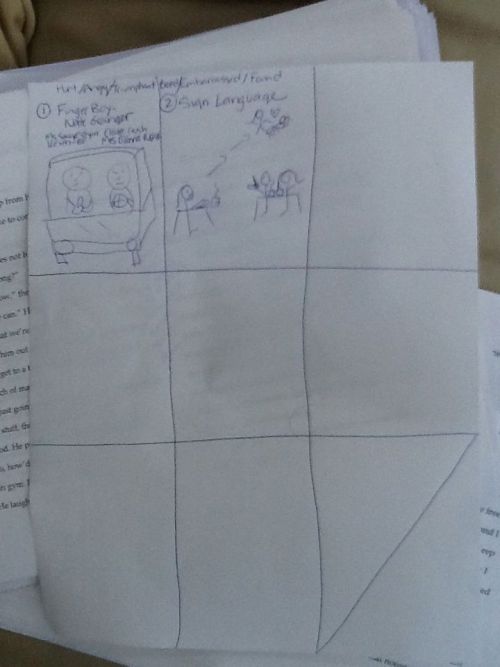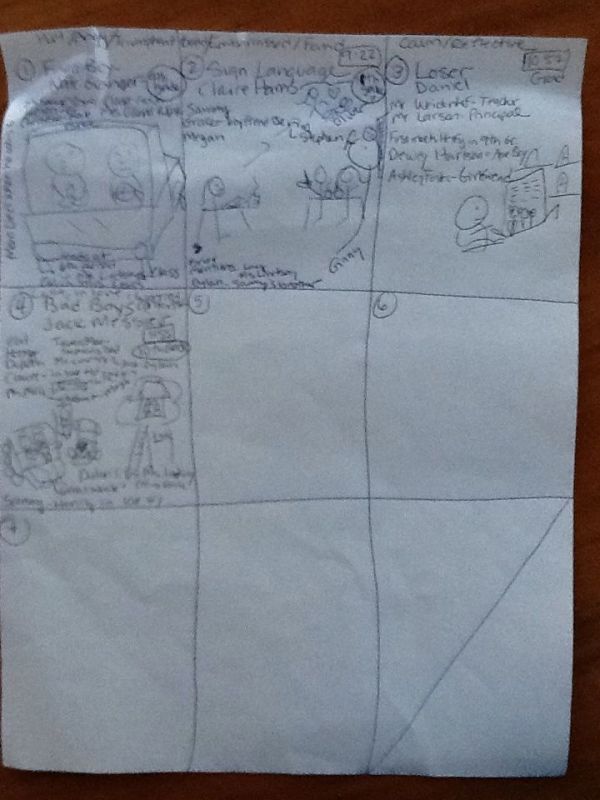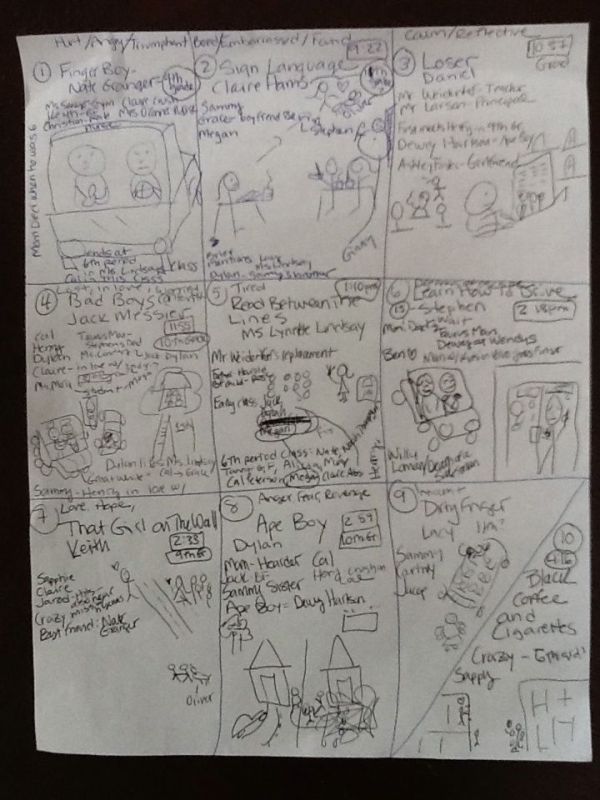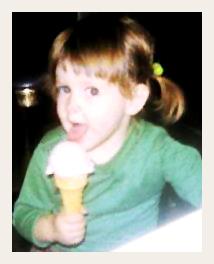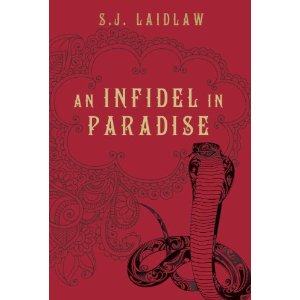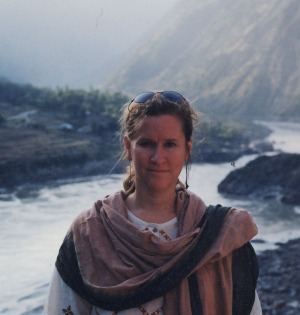 Joyce Grant is the Toronto-based author of GABBY, a new picture book from Fitzhenry & Whiteside, illustrated by Jan Dolby. GABBY is Joyce's first picture book. If you're in Toronto, you're invited to come to the Jan. 27th book launch - see GABBY launch info.
Joyce Grant is the Toronto-based author of GABBY, a new picture book from Fitzhenry & Whiteside, illustrated by Jan Dolby. GABBY is Joyce's first picture book. If you're in Toronto, you're invited to come to the Jan. 27th book launch - see GABBY launch info.
In addition to writing picture books, Joyce is a freelance journalist and editor. She is also co-founder of the website Teaching Kids News, which offers free daily kid-friendly news, and is a passionate advocate of children’s literacy through her blog Getting Kids Reading. On Twitter, she's @JGCanada.
 About the book: “Gabby” is the story of quirky, likeable Gabby who discovers that her alphabet book has a magical quality. Its letters can be used to create anything she likes! When Gabby puts the letters together to create a cat and its natural enemy, she has to think fast!
About the book: “Gabby” is the story of quirky, likeable Gabby who discovers that her alphabet book has a magical quality. Its letters can be used to create anything she likes! When Gabby puts the letters together to create a cat and its natural enemy, she has to think fast!
You can read a fun interview by Joyce with Gabby here.
Q. How did GABBY get published?
About four years ago, I went to a CANSCAIP meeting and one of the speakers had some great advice. She told aspiring authors to visit conferences like the Ontario Library Association (OLA) and Reading For The Love Of It. All the publishers are there, and their books are on display. So you can see exactly which publisher might be a good fit for you—and you can meet people and network.
I took that advice seriously. I went to the next OLA conference and checked out every booth. I looked for a publisher whose books appealed to me and seemed to fit with Gabby. It was helpful that I’m also a children’s literacy blogger; publishers want to talk to book bloggers because of course they help publicize their products.
At the Fitzhenry & Whiteside booth, I introduced myself and got chatting with a publisher. It turned out that both our family trees go back to a town in Scotland called Forres. Forres is where Duncan’s castle in Macbeth is set; it’s got some history, some magic. Anyway, that connection sparked a wonderful conversation and I asked her if she would read my manuscript for Gabby. She passed it along to an editor at Fitzhenry—and three weeks later I got the good news!
I was incredibly lucky, because—although I’ve been a freelance journalist my entire career—it was my first creative manuscript submission. I’ll always be very grateful to the editors at Fitzhenry & Whiteside for taking a chance on me.
 Image from GABBY (Fitzhenry & Whiteside), art by Jan Dolby.
Image from GABBY (Fitzhenry & Whiteside), art by Jan Dolby.
Q. What's your writing process? or What was your writing process for GABBY?
I only wish I had a proper writing process! I have about a dozen different writing projects on the go, every day. Freelance journalists—we wear a lot of different hats. Every day I do a news article for TeachingKidsNews.com. Every month I produce a newsletter called Administrative Assistants’ Update for Thomson-Reuters. And clients send me documents to edit, so every week I’ll get five or six of those; and then there are other odd deadlines, like marketing projects.
Here’s me: I wake up and grab my phone to check Twitter. Seven a.m., I’m looking at Twitter. I’m a huge news junkie. Then I’ll read the Globe and listen to the CBC. So I find out that a country in Europe is going broke, or there’s a demonstration downtown. So right away I want to write about it for TeachingKidsNews.com. I try to tackle all of my journalism and marketing writing first; after that I can do the work that is more creative.
When I write creatively, I have to have a bubble around me. I have to sort of become the character. I look around the room in her eyes, and I see the things she would see. So I find that I usually need a fairly large block of undisturbed time alone if I’m going to write creatively.
I edit my creative writing a lot. A lot. I’ll go over a sentence 15, 20 or 100 times until each word is exactly the word I want. A picture book is like a 350-word poem to me. There aren’t many words, so each word has to work hard.
In terms of ideas, I have learned that they can come at any time and there has to be a way of capturing them because as much as you think you won’t forget—you will. This year (!) I finally figured out that I need to have one, beautiful notebook. Just one. That’s where I jot my ideas, it’s where I take notes during interviews, it’s where I sketch and it’s where I write. So if my publisher asks me to change something in a manuscript, those notes are in that one book. And when I run out of room in that book, I buy a new one—it’s an indulgence. It’s always lovely, suede or leather—the kind of book that just begs you to write in it. And I prefer pages that are a beige or a cream colour. I use a blue Sonix Gel pen, which is a Staples brand. It’s my current favourite because the ink flows really fast. I have a favourite pencil, too—the Blackwing, which has a very soft, velvety lead. It’s so beautiful I even wrote about it (in my blog, Getting Kids Reading).
I have a great editor. Trust between an editor and a writer is extremely important. Once a writer and an editor have trust, the good work will just flow. You trust that the editor will bring out the best in your writing. And the editor trusts you to submit excellent, well-thought-out work and not get your back up when she tries to help you make it better. I’ve trusted my editor, Christie, at Fitzhenry since day one—since she listened to me describe Gabby and then hired the perfect illustrator to render her just the way I envisioned. As soon as I saw Jan Dolby’s sketches, I thought not only do I have a great illustrator to work with, but boy do I have a great editor. Because Christie was able to “get” exactly what I was trying to do—and then translate that to everyone else who worked on the book.
How do we work together?
I used to watch the CBC show Being Erica. It was about two women who own a small publishing house. After I got my contract for Gabby, I called my editors and said, “Can I take you out for coffee so we can chat about the book?” I wanted to have one of those cool, writer-publisher meetings like Erica did. You know, everyone dressed in black, sipping on lattes in a cafe, discussing “the book.” And that’s exactly what we did. And you know what? It was just as great as I thought it would be! So now every time I go to my publisher’s I try to convince them to have the meeting at Starbucks.
Q. What advice do you have for aspiring picture book writers?
Don’t give up!
It’s kind of funny, because the very day I got the phone call from Fitzhenry with the good news, I had gone to a meeting with my writers’ group and told them I’d decided to quit writing children’s books. To quit!
I belong to a group of six children’s writers who get together regularly to critique each other’s work and discuss stories and plots. Well, for whatever reason that day I was frustrated with my work—and I told the group I was quitting! Yep, that’s it! Hadn’t heard from the publisher—obviously she hated my manuscript—and I should just stick to journalism. Done.
That evening, I got home and the phone rang. It was my publisher calling to tell me they were going to publish Gabby. Unbelievable! Looking back, of course, it’s hilarious that I thought three weeks was such a long time for a publisher to get back to me on a manuscript. But that’s the innocence of ignorance, I suppose. Now I know that the average wait time is more like six months. I guess I was used to journalism deadlines, which are based more on the day or even the hour.
Build a community for your book.
Many years ago, I went to a Writer’s Union symposium—this was before everyone was on Facebook and Twitter—and I got some advice I’ve never forgotten. They stressed, “you have to build your reading community long before your book comes out.”
It’s so true. Gabby has a strong literacy component; for a long time (many years before I started writing for children) I’ve been a children’s literacy advocate. I used to be involved in the Trent Valley Literacy Association in Peterborough, and I blog about children’s literacy.
In Gabby, the main character can actually touch and manipulate the letters in her book to form words. That’s one of the foundations of my literacy theory—that one great way to get kids reading is to give them cut-out letters or Scrabble tiles so they can actually feel them and work with them.
So in marketing Gabby, I want to reach out to parents who are homeschooling, and teachers and other literacy advocates. There’s a huge community there, that’s always looking for good resources. I’m hoping they’ll use Gabby in that way.
Push past your fear of technology.
Of course, the best way these days to build your reader-community is through social marketing like Facebook and Twitter.
If you’re on Facebook, great. So now create a Facebook page for your work. Or an author website, or a blog. If you don’t know how, then starting talking to people and start reading. Or, just do it—often the program will walk you through the process as you go.
When I started my kid-friendly news website, teachingkidsnews.com, I didn’t know much about creating a website. I’ve written for quite a few, but had never actually created one. A friend suggested I check out lynda.com; I took their online course on Wordpress. Lynda.com lets you learn in 10-minute bites; it’s great. I learned nearly everything I know about websites from them. Also, I keep learning from other people and asking questions.
Social media are new—for everyone.
I’ve been a journalist for more than 20 years, but when it comes to social media, I’m a neophyte. And that’s because for me—and everyone else—it’s new. We are in the midst of a technology revolution. There are no ancient practitioners of social media. New technology is coming out every day—new hardware, new software, new websites; we’re all learning together.
Get a good proofreader.
It’s not okay to have typos, grammatical errors and inconsistencies in our work. I’ve heard wonderful manuscripts read aloud and they sounded amazing—but when I looked at them on the page, they looked completely different to me. Horrible. I’m an editor (textbooks, journalism) and because I’ve been doing it for so long, typos just leap off the page—I know that’s what it’s like for other editors, too.
It’s the same with inconsistencies. Editors use a manual, like the Chicago Manual of Style or CP Style that defines how they format dates, for instance. Is it January 15th 2013? Or is it Jan. 15, 2013? I wouldn’t expect an author to catch something like that, but for editors it will stick out like a sore thumb.
That’s why, if editing isn’t your forte, you should hire a good proofreader. At least someone who will give you that final polish, looking for typos and inconsistencies. It’s important. I get my work proofread by someone else whenever I can—it’s almost impossible to proofread your own work.
 Joyce & me, with our printer proofs last year.
Joyce & me, with our printer proofs last year.
Q. What are you working on now? Any other upcoming events or other info you'd like to share?
I’m so excited to make the big announcement here: we’re doing a second Gabby book!
Jan Dolby is the illustrator and Fitzhenry & Whiteside will be publishing it. It’s scheduled to come out in the Fall of 2013. In the second book, Gabby will be taking a bit more control over her letters—she’ll be using them more deliberately, to create her own scenarios. It’s going to be really fun.
I have a few other creative projects on the go as well. I have a novel for adults that I’ve been working on for more than 17 years. I’m not kidding. And I do intend to have it published. I’ve workshopped it twice through the Humber School for Writers and I’ve been told that it’s publishable. The problem is, I just can’t seem to wrap it up! I need to wrap it up. I’ve given myself a deadline of next year. So there’s that.
I’m also working on a middle-grade book of short stories for boys. I have that query in to a publisher and I think it’s got some legs. We’ll have to see if they agree. I hope so; I’ve been working on some of the stories and I’m having fun with it, so we’ll see.
I’m exploring another YA book—non-fiction—as well. They like the idea but it’s one of those enormous projects that might fit into a publisher’s book list or it might not. So far, it looks promising. Again—we’ll see.
Of course, I have TeachingKidsNews.com (TKN), which is a huge commitment for me. We publish one kid-friendly news article every weekday. It’s a labour of love; my TKN partners are amazing. I also do a media lit workshop every week, where I talk to kids about the news. I’d like to do more of those. I’ll be speaking at Reading For The Love Of It this year; we’re doing four seminars. That’s on Thurs., Feb. 21 and Fri., Feb. 22, 2013.
I’ll be doing a book signing for Gabby at the Ontario Library Association Superconference this year, at the Fitzhenry & Whiteside booth on Thurs., Jan. 31 at 2:00 p.m.
And of course, Gabby launched on Jan.15! The launch party will be on Jan. 27 1pm at the Intergalactic Travel Authority Café in Toronto (Bloor St., just west of Dufferin) and I would love it if everyone would come down! After all, children’s book writers, editors and illustrators—we’re a village.
I’m on the Internet at:
@JGCanada
www.joycegrantauthor.com (author website)
facebook.com/gabbypicturebook
www.teachingkidsnews.com (daily, kid-friendly news with teaching questions)
facebook.com/teachkidsnews
www.gkreading.com (children’s literacy blog)
==========
Also see other Inkygirl Interviews.



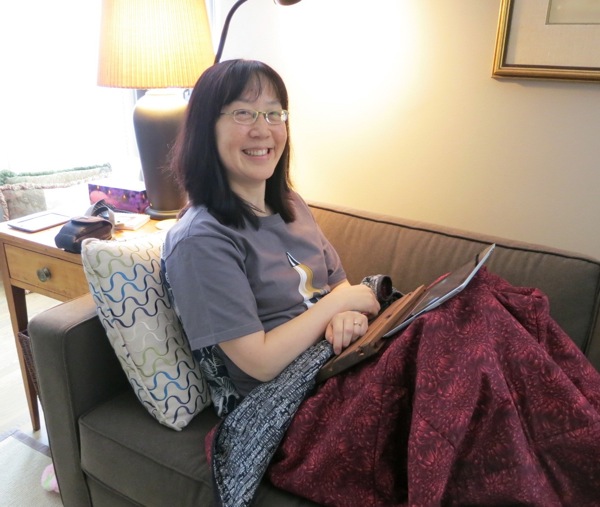






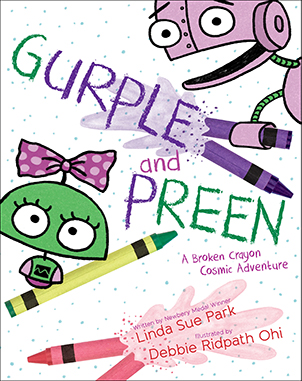




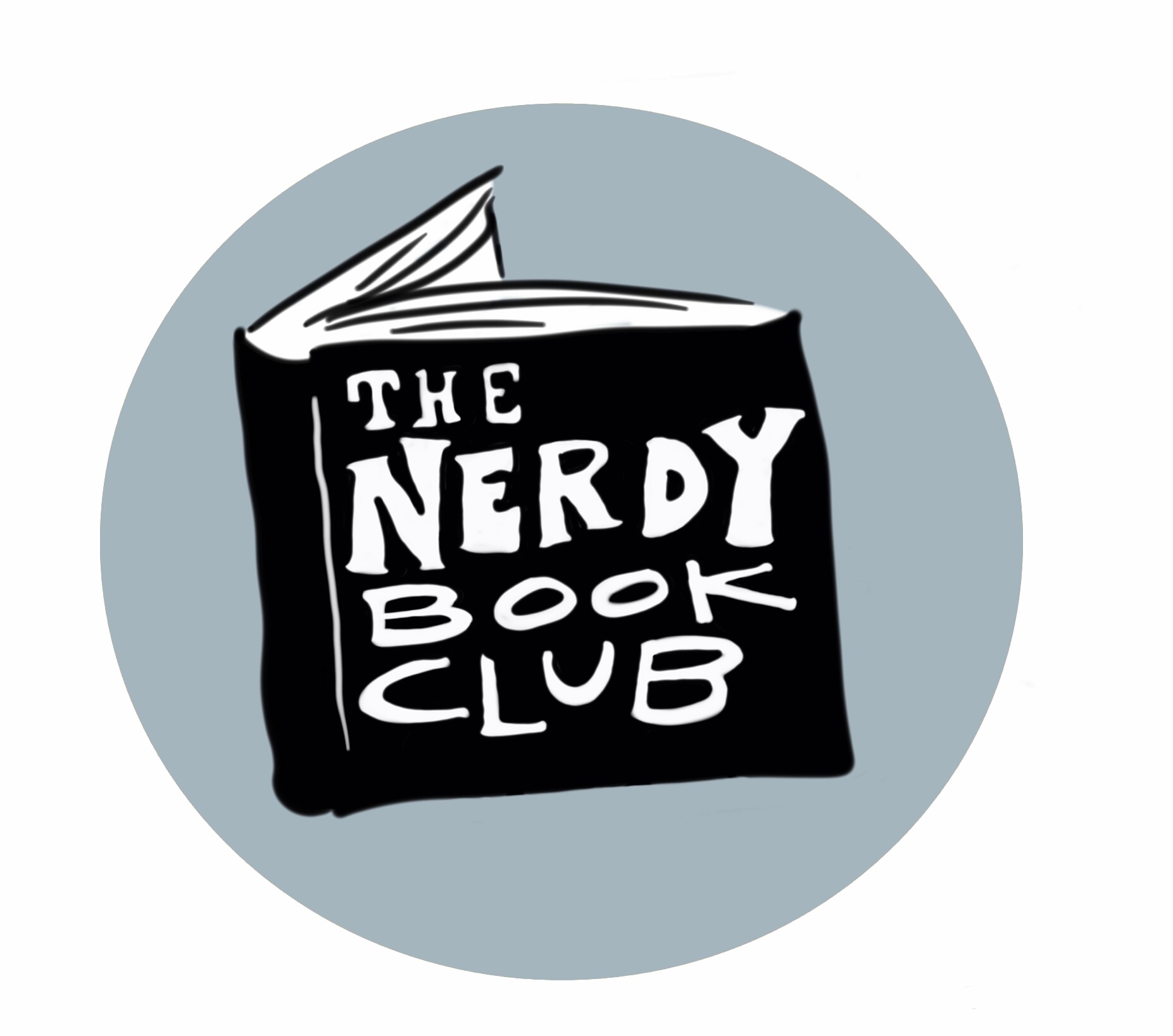

 Sunday, February 24, 2013 at 1:47 PM
Sunday, February 24, 2013 at 1:47 PM









